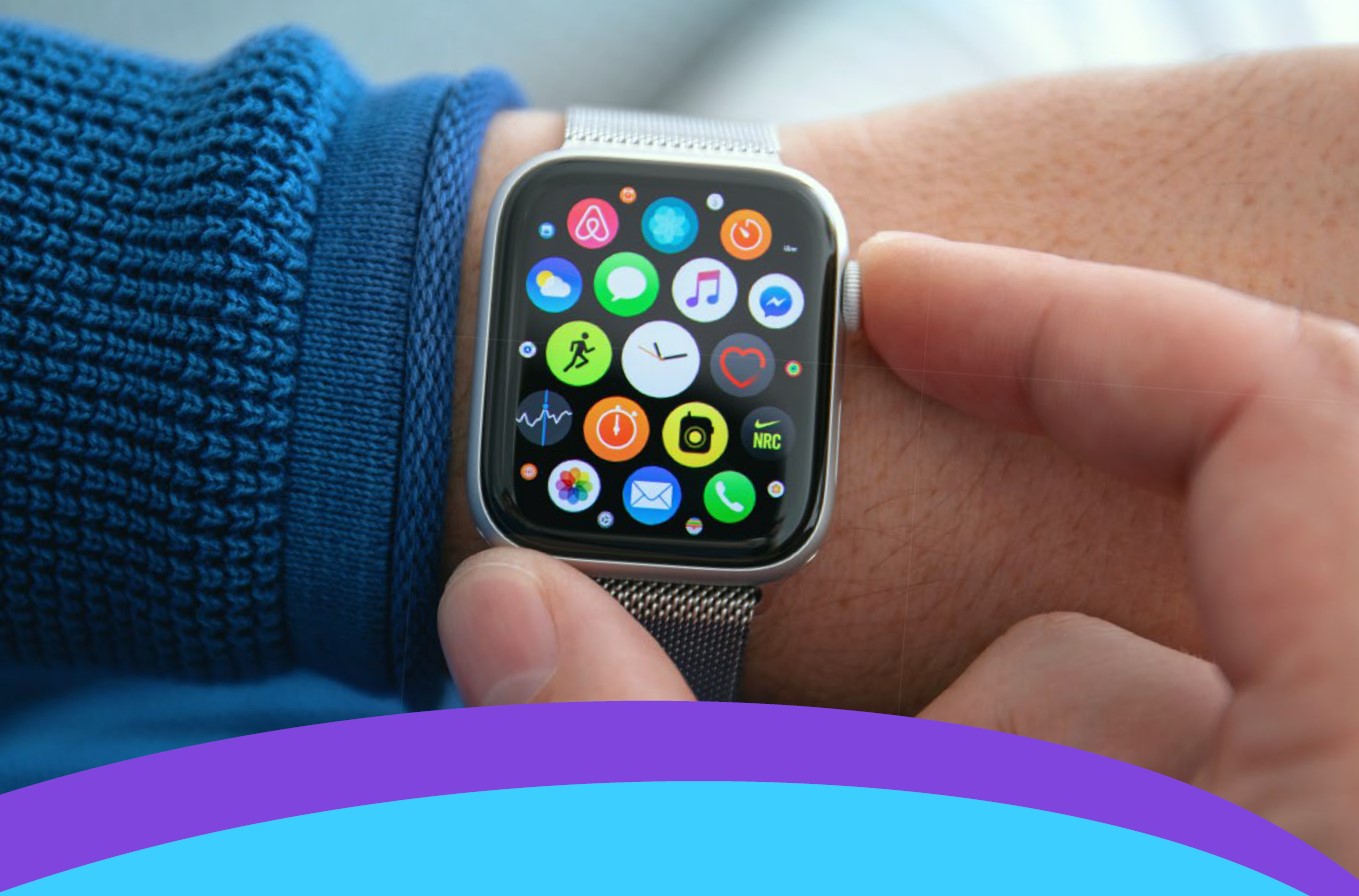Diabetes and Hypertension
Chronic disease in Saudi Arabia is a looming concern for the country’s healthcare industry. Shifting lifestyle habits, changing diets and lower rates of exercise over the past few decades have contributed to an alarming rise of diseases such as diabetes, cardiovascular disease, obesity and others.
Saudi Arabia has the second-highest rate of diabetes in the Middle East, and seventh in the world, according to a WHO report1. In the last three decades, there has been an estimated tenfold increase of the disease. It currently affects approximately one-fifth of the adult population — and 50% of those over the age of 502 — and over the next decade, those numbers are predicted to more than double3.
Cardiovascular diseases account for 37 percent of all deaths in the Kingdom, according to Saudi Health Ministry statistics. Approximately, 15 percent of the population suffer from hypertension, which is a risk factor that significantly contributes to cardiovascular diseases. By 2030, more than 23 million people are projected to die each year from cardiovascular disease4.
In addition, Saudi Arabia has one of the world’s leading high obesity rates. Around 70 percent of the population are considered obese, according to the Saudi Food and Nutrition Association5. Obesity is a risk factor for other chronic diseases along with being the cause of over 20,000 deaths annually in the Kingdom.
Undoubtedly, chronic disease has a negative impact on a country’s economy. To combat this, the government has rolled out multiple programs to support citizens and residents to live healthier lives as well as embraced digital technology to support disease prevention and management.

The economic impact of chronic diseases on KSA
Chronic diseases impose a large economic burden on the healthcare system in the Kingdom.
Studies have shown that the economic impact of diabetes is US$4.5 billion6. Individuals with diabetes have, on average, medical healthcare expenditures that are ten times higher than what they would be without diabetes7. The diabetes drug market is expected to reach US$1.5 billion by 2025 while the diabetes device market is expected to reach US$1 billion by 2025. Specifically, the glucose monitoring device market is expected to grow 33% by 20258.
The economic burden of cardiovascular disease is on track to increase from US$3.5 billion in 2016 to $9.8 billion by 2035 after taking into account the effects of population aging and growth, according to the Saudi Heart Association9. Modelling studies have found that reducing modifiable risk factors for the same period would yield an estimated net positive impact of US$3.7 billion for the economy10.
Additional economic savings are possible by reaching risk factor reduction targets set by the World Health Organization, such as lowering blood pressure and blood sugars, quitting smoking, increasing exercise, and reducing obesity. By achieving these targets, Saudi Arabia could see healthcare cost and productivity savings of US$3.7 billion in between 2016 and 203511. Over the same time frame, another US$9.5 billion could be saved by helping high-risk groups lower their cholesterol levels.
The Saudi government has already made incredible advancements in addressing diabetes and hypertension in the Kingdom. As a result of substantive investment in recent decades, it now has 2.2 hospital beds for every 1,000 people and an average life expectancy rising from 66 years to 74 years in the past few decades.
How the government is addressing these two diseases
Since the launch of Saudi Arabia’s strategic 2030 Vision, the Kingdom has been working to create a health system to empower patients, promote disease prevention and encourage citizens to make use of primary care. The government is aiming for a 3 percent reduction in obesity and a 10 percent decrease in diabetes prevalence by 203012.
As part of these goals, the government has launched multiple initiatives focusing on encouraging fitness and preventive care, such as the Quality of Life Program 2020. The government has participated in World Hypertension Day and launched awareness and education campaigns to teach residents and citizens about the importance of measuring and tracking their blood pressure13,14.
The Ministry of Health created a national day of walking encouraging people to walk no fewer than 8,000 steps. People can participate by downloading and registering with the Sehhaty app. Walking helps reduce LDL (bad) cholesterol and excess body fat, reduces stress and anxiety and boosts mood all of which can help with hypertension15. Similarly, the Saudi Sports for All Federation (SFA) is raising awareness and promoting health programs for citizens and residents. One program was launched in cooperation with the Royal Danish Embassy in the Kingdom and Novo Nordisk. It challenges adults to walk or run 21.1 km, while children are challenged to walk or run 14 km16.
To support the healthcare industry, the government is building more healthcare infrastructure, such as diabetes centers and obesity care centers, to support the treatment of these chronic diseases and ensure citizens and residents create healthy eating, exercise and lifestyle habits.
Digital and technology-powered solutions for chronic health conditions

Digital health and technology have a key role to play in improving the health of people living with chronic diseases, like diabetes, hypertension, obesity and others. Healthcare practitioners see the benefits of using technology to help patients live healthier lives. A study found that 83% of doctors and nurses in the Kingdom are willing to use digital tools to facilitate patient care with diseases like hypertension and diabetes17.
Technology has helped advance traditional diabetes management tools, such as the insulin pen. Salehiya distributes insulin pens with digital monitoring, tracking, measurement and smartphone apps to help patients better manage insulin delivery.
Smart, mobile apps are a promising way for patients to self-manage their chronic diseases. A recent pilot study found that a mobile app diabetes management system for type-2 diabetes significantly improved their disease management and also improved their quality of life18. Similarly, a pilot study on self-managing hypertension with a mobile app found patients are more successful at tracking stress, blood pressure and medication when using an app19.
Beyond mobile apps, more advanced technology — like wearables, artificial intelligence (AI), blockchain, and Internet of Things — is also being embraced across the Kingdom to address chronic diseases. Early in 2021, Diagnos Inc. announced it is deploying its AI-powered retina analysis for diabetes diagnosis in remote communities20, which helps those with reduced access to healthcare better address their health conditions. Additionally, a UK-based medical company, Nemaura Medical, has developed a diabetes-tracking wearable device, which can help diabetics track their blood glucose levels, and the Kingdom is part of the firm’s international expansion plan21. These types of efforts will help the Kingdom realize significant benefits by providing early disease diagnosis, remote patient monitoring and rich sets of data that, when analyzed, will lead to actionable population-wide health insights and overall improved patient management22.
The future of diabetes and hypertension in KSA
Efforts to manage chronic diseases in the Kingdom have been productive, but there is still more work to be done to contain the negative impact of these diseases now and in the future.
The World Health Organization has called for establishing a systemic framework to address metabolic health in the MENA region. An alliance at a countrywide or regional level would help to drive meaningful action to drive change and would be an opportunity for Saudi Arabia to demonstrate its leadership in the region23.
Within the Kingdom, the Vision 2030 goals are helping to reduce the impact of diabetes and hypertension. For example, the Kingdom will soon be one of the fastest-growing digital health markets in the GCC region24. Telehealth adoption is already approximately 70 percent, and almost 34 percent of the young physicians use AI to facilitate diagnosis. The government has allocated approximately US$1.5 billion toward healthcare IT and digital transformation programs. The Ministry of Health (MoH) has established an e-Health strategy that will utilize telemedicine to improve the accessibility and quality of care in remote areas where speciality services for chronic diseases are not available.

Additionally, between 25 percent and 35 percent of the Kingdom’s total healthcare budget is being shifted to diabetes, obesity, and cardiovascular diseases, including hypertension25.
Moving forward, there is a larger role for the private sector to fill the demand-supply gap in healthcare infrastructure and services. An increase in private sector investments in enterprise healthcare IT solutions, connected medical devices with AI capabilities, and drug and device manufacturing will play a major role in positively impacting the long-term management of chronic disease in the Kingdom.
References
2- https://www.eyeofriyadh.com/news/newsdetail.php?newsid=81923
7- https://applications.emro.who.int/imemrf/J_Fam_Community_Med/J_Fam_Community_Med_2013_20_1_1_7.pdf
9- https://www.hindawi.com/journals/ijhy/2019/6019401/
10- https://www.sciencedirect.com/science/article/pii/S1016731518301660
11- https://www.conferenceboard.ca/e-library/abstract.aspx?did=10922
13- https://www.spa.gov.sa/viewfullstory.php?lang=en&newsid=2228641
14- https://www.moh.gov.sa/en/HealthAwareness/healthDay/2020/Pages/HealthDay-2020-05-17.aspx
15- https://www.arabnews.com/node/1820626/saudi-arabia
16- https://www.arabnews.com/node/1759801/saudi-arabia
17- https://mededu.jmir.org/2021/1/e18590/
19- https://mhealth.jmir.org/2021/2/e24177
21- https://www.arabnews.com/node/1858216/business-economy
22- https://www.arabnews.com/node/1882261
23- https://www.weforum.org/agenda/2021/06/food-health-why-the-world-needs-a-metabolic-reset/


